POLAND Transactions on the residential land market will be dominant in 2015. They also dominated last year and turned out to be so attractive that investors from Saudi Arabia, the United Arab Emirates, India, the Republic of South Africa and China have been coming to Poland to survey what is on offer –these are some of the conclusions of Daniel Puchalski, the director of the investment land service department at JLL, while recently discussing the consultancy’s ‘Investment Land Market in Poland’ report.



















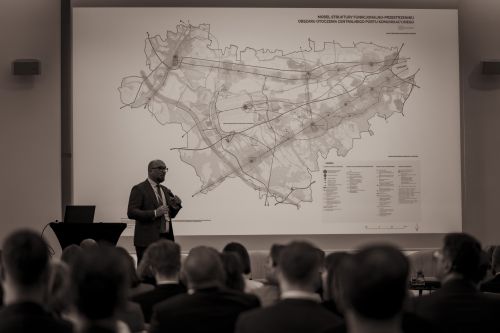











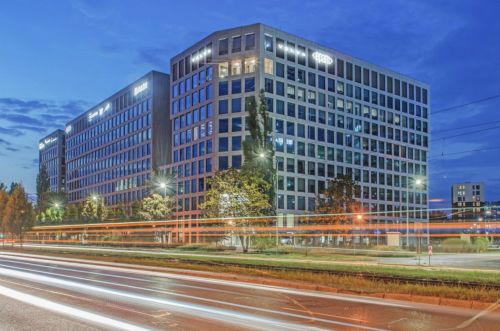





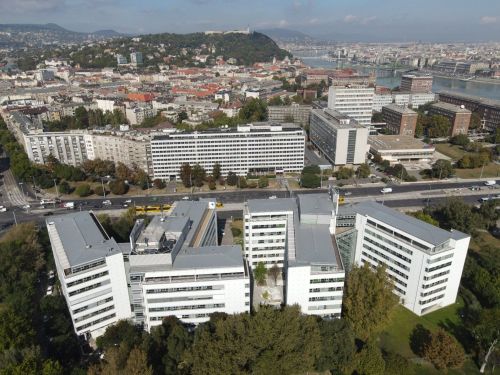
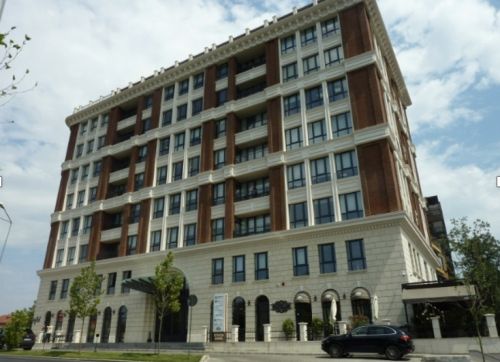


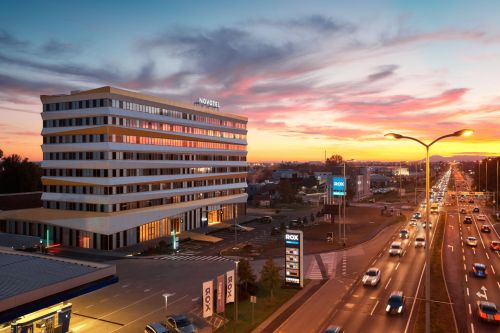

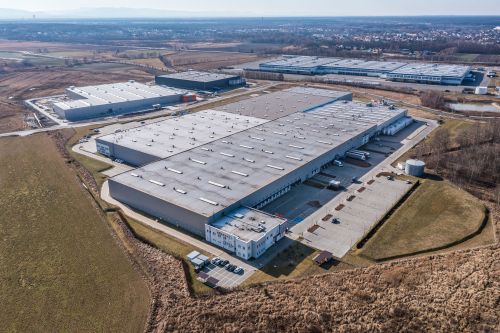

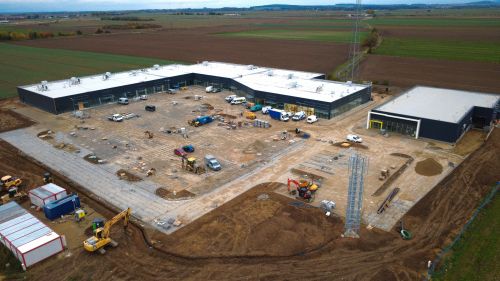





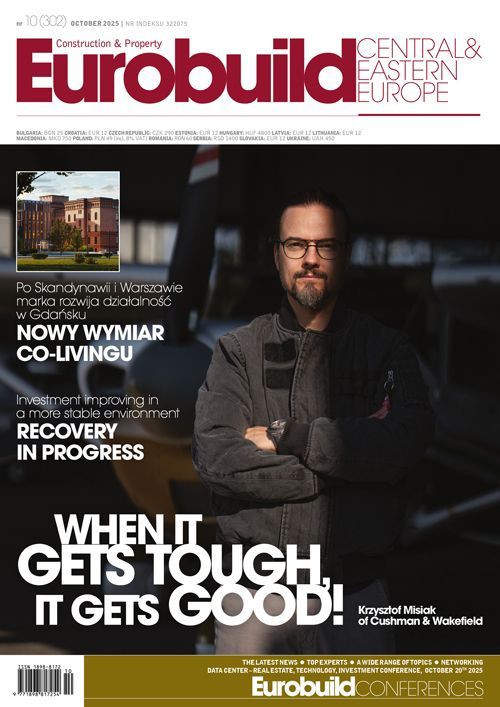

























EXPO REAL 2025: From survival mode to selective recovery
EXPO REAL 2025: From survival mode to selective recovery
Axi Immo
This year’s EXPO REAL in Munich marked a noticeable shift in tone across industry conversations. Following a period of uncertainty and postponed investment decisions, the com ...
Are lease agreements in retail parks still triple-net?
Are lease agreements in retail parks still triple-net?
CMS
The lease agreements concluded for retail parks increasingly feature solutions that differ from the classic Triple Net Lease agreements, particularly as regards the settlement of o ...
Flex market picks up momentum
Flex market picks up momentum
Walter Herz
The flexible office market in Poland is growing rapidly. In the upcoming years, we can expect the pace of its development to accelerate. Currently, over 420,000 sqm of flex space a ...